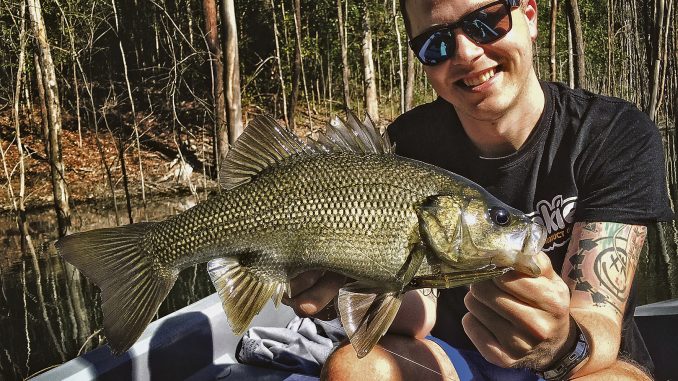
by Rupe •
After spending the weekend at the Australian Lure & Fly Expo at the Ipswich show grounds insisting to just about everyone who walked through the gate that I’m not a lure collector, I actually started to wonder how much truth was in my answer and in reality, there’s not a lot!
I lied to the good people at the lure show. All weekend. I am a lure collector! Maybe not in the truest sense of the word – I don’t have a cabinet lined with timber treasures or a shelf above the bar with retired relics as reminders of simpler times, but I do have around 30 tackle boxes of all shapes and sizes stacked in my shed begging me to pick them up and take them close to water so they can feel alive again…
Perhaps this is why I was asked to write a piece on bass lures to coincide with the ‘opening’ of the bass season in NSW, which in reality is never really closed but that’s an argument for another day.
The not so humble Aussie bass has been a mainstay for me since I was a little kid and has held a place in my heart ever since. I just love them. Big, small, wild, impoundment bruiser – I don’t care. I just want to catch them and there lies the reason of why I own so many (too many) lures that I’ve forked out cash for, hoping each will be the one to catch me my PB, which would get me over the fabled unicorn mark of 60cm.
Pound for pound a decent bass, especially one living in flowing water, is right up there for the hardest and dirtiest fighters an angler is likely to encounter, so not only is choosing the right lure important, that lure and the gear you’ve used to get it to the ‘strike zone’ had better be up to the challenge as well!
Let’s take a look at what you should be equipped with when you next head out to tame a bronzed brawler.
Looking at lures
The reality of a species that will live in dozens and dozens of different habitats means your tackle box should consist of a good mix of lures both hard and soft, surface, diving, sinking, metal and bladed models.
Soft vibes
Soft plastics really don’t vary as much as their hardbodied relatives, so can be covered without too much fuss or expense. In the bass world, you’re probably using a soft vibe, a paddle-tail, or a flick bait.
Advances in technology have meant soft vibes have exploded in popularity. Older models had some trouble staying together, but if you invest in quality you’ll find plastic, wire and terminal tackle that are more than up to the task. These lures come in a variety of sizes and with different tails for different actions and appearances under water.
Forked, thumping and curly tails make up the majority of what you’ll find in stores and unsurprisingly, catch the majority of bass.
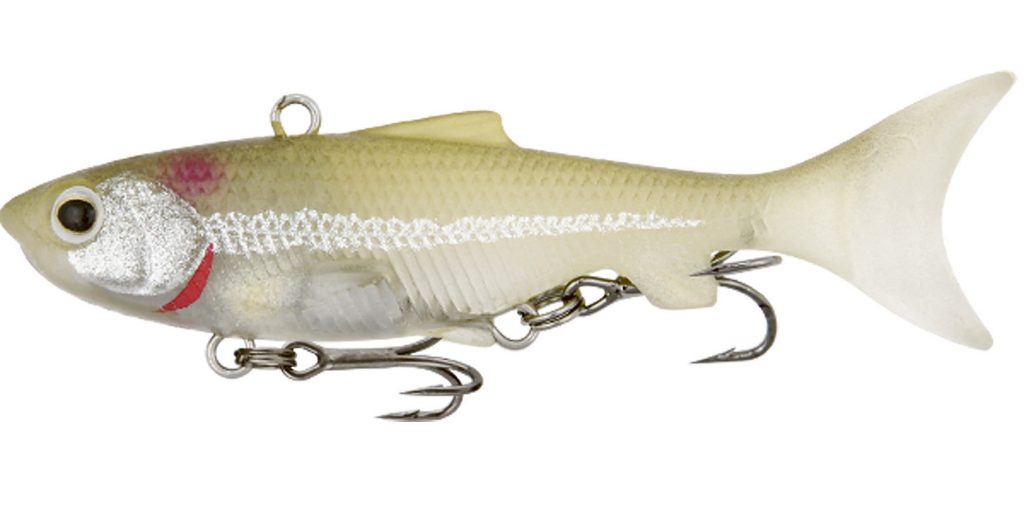
Soft plastics
Paddle-tail plastics for me have a place when searching for lone fish in medium to heavy cover situations. Think fallen timber intermingling with weed beds and rocks. They are virtually snag free when rigged correctly and with the help of a well set up spin combo, you can punch a cast a million miles and slow retrieve it with the odd ‘wiggle of the tip’, as recent ABT BASS round winner Tommy Slater describes it. Just keep pinging it ‘til you’re buckled.
The flick bait style of plastic in my experience is best applied when fishing a school. You’ve probably spotted them on the sounder and now you just need to get one to eat to turn the rest on. A frantically worked flick bait jerking up, down and darting side to side should get you the eat and hopefully rile its school friends up for a fight too!
My biggest tip here is don’t go too big with your jighead and hook selection and totally kill the lure.

Jigs
On the hard side of the ledger, let’s start with the sinking type and work our way up the water column. For me, the first type of lure that comes to mind in this category is football style jigs, which have made the transition from the US largemouth market to our golden shores. They’re particularly effective in dams, where you can work them quite slowly with minimal movement and really annoy the bass into the strike. The fun part is doing it with a reasonably soft rod and setting the hook like everyone’s expat hero Carl Jocumsen and his US tour mates.
It’s a lot of fun and can keep your lure in front of the target for a long period of time. Personal preference and past success sees the lures in my tackle box being predominantly crayfish colour variations, as that’s what I feel I’m closely imitating.
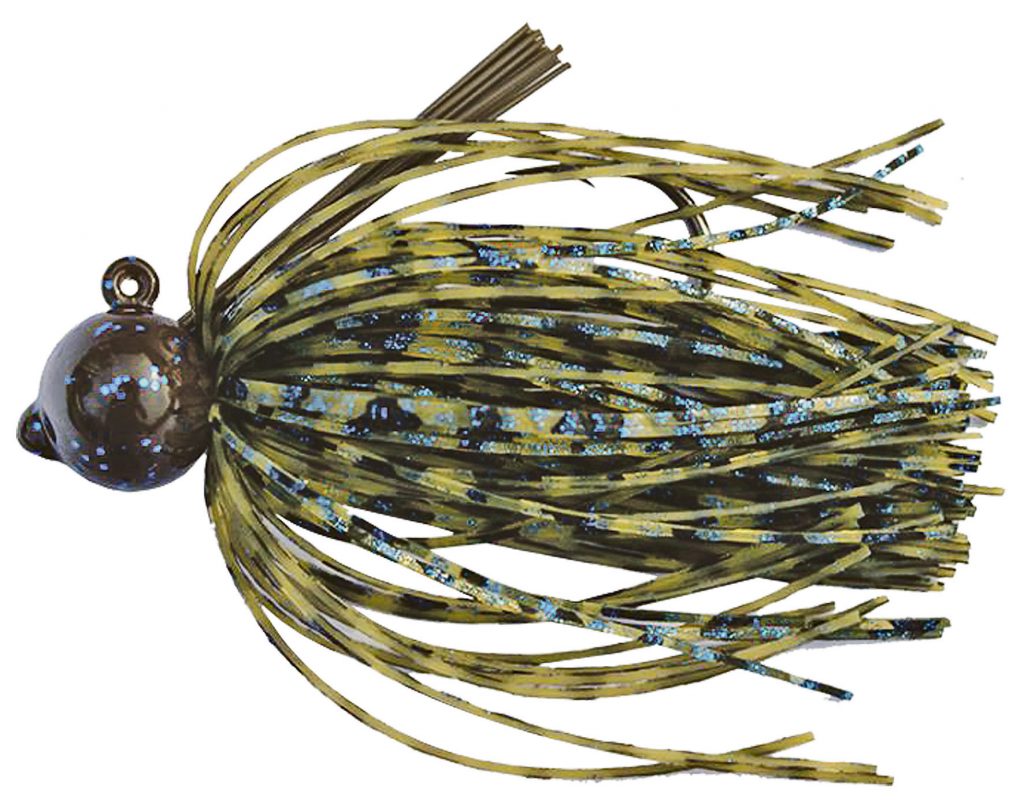
Bladed lures
Slightly higher in the water (depending on retrieval speeds) will be your bladed lures. Spinnerbaits, chatterbaits, mumblers, buzzbaits and a host of others have all caught a lot of people a lot of bass. Simplistic in their approach of using flash and vibration to draw the strike, they can be used by even the most novice angler with a simple cast, sink, retrieve method and will catch fish from 1 foot to 100 feet deep. Maybe not the most exciting lure in the bunch, but right up there on my scale of effective bass lures.
The big pluses here are that they’re relatively snag friendly and there’s a host of fantastic Australian made brands available and they’re very customizable, limited only by your imagination. If you’re in the market, start with something around 1/4 – 3/8oz and pick a couple of colour variations. If we were standing in a tackle store together like two wide-eyed little bass buddies, I’d recommend a black/purple and a white/chartreuse.
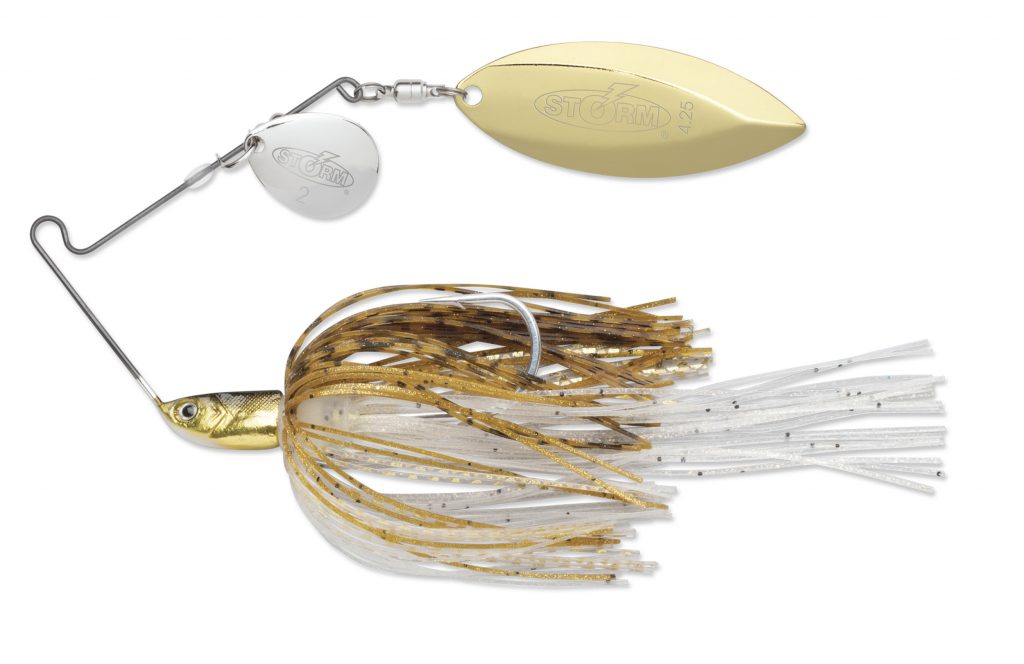
Lipless crankbaits
The next lure type is the lipless crankbaits. They’ve been around almost as long as anyone has been fishing for bass in this country, with American lures like Rattlin’ Spots and Rat-L-Traps accounting for big bass since the ‘50s, but nothing really took off or was accepted as the ‘go-to’ bass lure, particularly in dams and especially at $25 a pop, as quickly as the Jackall TN series – mostly the TN50 and TN60 in their many variations.
Much the same as the bladed lures, they can be swum at just about any depth and retrieve speed. You can slow roll them or hop them like a soft plastic, and fish will often eat them on the drop or while at rest on the bottom.
Any of your major lure companies will have their own versions of a lipless crankbait nowadays, and all will work in the right circumstances. Walk into your local tackle store tomorrow and you’ll find that they not only come in a billion colours, there’s also variations on sound. Silent, wood rattles, soft tungsten, single ball bearing and steel rattles are some options. My suggestion with these is fish them low and slow. Just start casting, rolling them in and hang on tight.
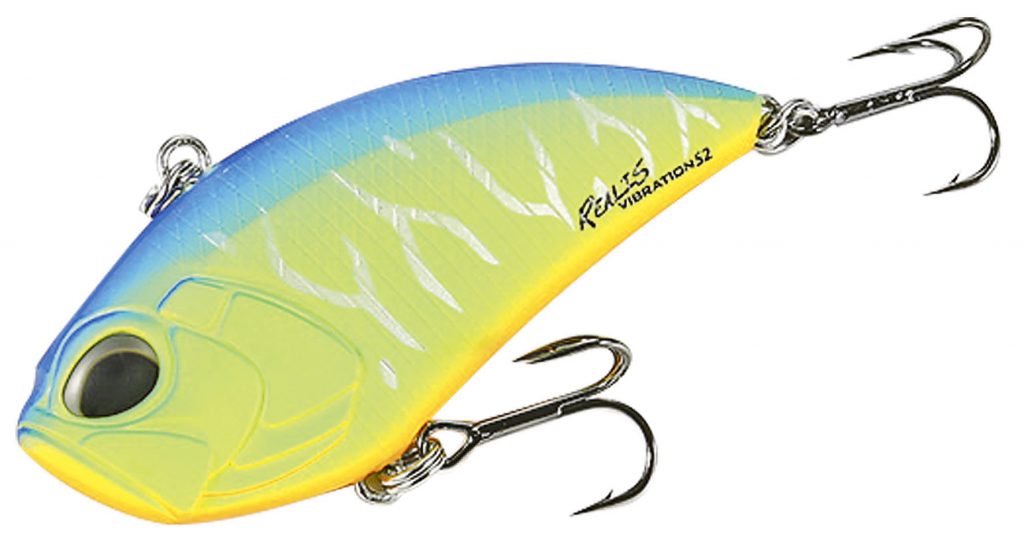
Diving hardbodies
Next up is your bibbed diving lures. Every seasoned bass angler has a favourite with battle scars to show their mates. My personal favourites range from some cool (expensive) Japanese versions that I had to hide the receipt from the wife when I got home for to some proven timber battlers that my old man used knock up for me if I nagged him hard enough.
Ideally you want something from 35-70mm (yes, they will eat bigger) with a rounded bib to give the lure a smooth, subtle wobble. If they don’t come as standard, I prefer to swap most of my hooks out to something with a black nickel finish. These hooks are chemically sharpened and very sticky when a bass swims close enough. They can be the difference between a big hit followed by many, many swears and a big bass hitting the deck of your boat.
The only down side to this category is that in my experience they are the most likely to swim into, and get stuck in timber. You want to rattle the cage so to speak and stir up the fish, but a lure retriever won’t be the worst investment you make in your bass fishing life.
My tip here is to go for natural, baitfish type colours in most cases. Match the hatch as they say. Pay attention to what sort of food is around in your local waterway and offer them a beefed up version of that. If bass can get a meal of out one movement they will.
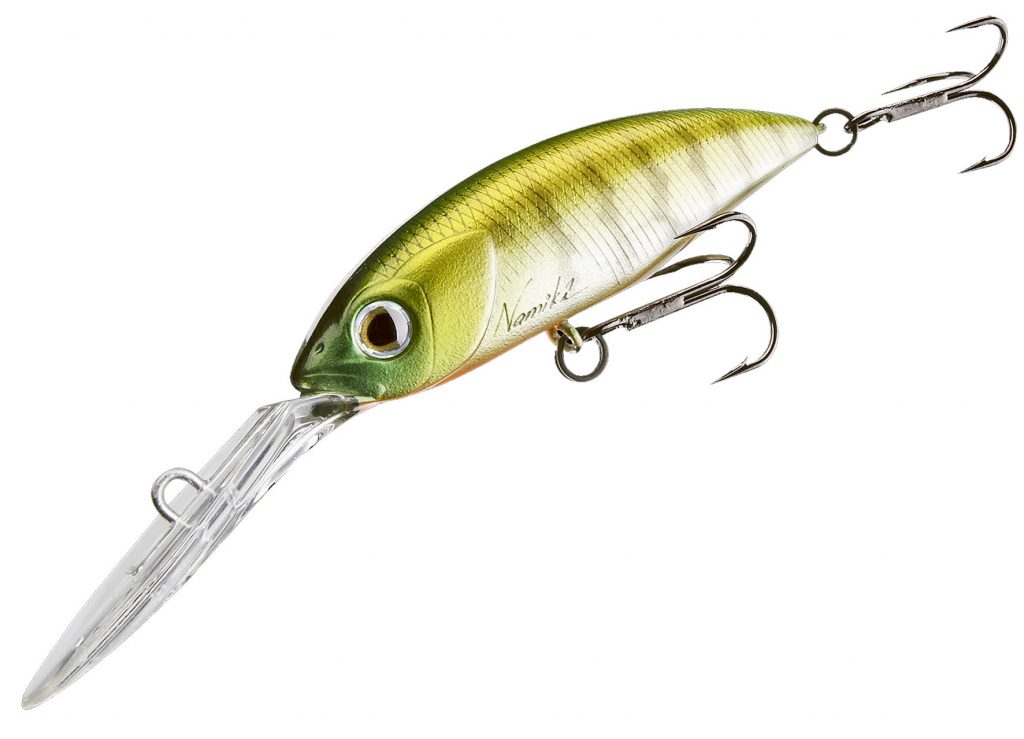
OK, if you’re still with me, we’re just about to get to the activity that to me is the absolute most fun you can have with your clothes on.
SURFACE FISHING FOR BASS!
Surface fishing for bass on a calm spring afternoon as the sun sets behind the hills is as good as it gets. Many a pair of underpants have been ruined and discarded in shame from the instant, in your face sensory overload given when the surface of the water erupts and your line comes tight.
To get to that point though, you first need to select your lure and how you’re going to treat it. Whether you go for a paddler, walker, popper, fizzer, floating swimbait or any other type, you still need to keep a few things in mind.
They can call be worked in many ways and the hardest part is that none of them are necessarily wrong. Each fish will react in different ways to different techniques, so my suggestion would be pick something and stick with it until you find fish that like what you’re doing.
I personally prefer paddler style lures like the Tiemco Soft Shell Cicada or the smallest jointed Arbogast Jitterbug and like to use a nice long cast and a slow, steady retrieve with minimal pauses. The only time I like to stop is if I do land a cast right near a snag. I’ll bring it around 4-6 feet, then stop it dead for up to 20 seconds. The first turn of the handle after that pause you’ll need a tight grip on the rod, as there’s every chance that’s when you’ll get belted.
Success is still a long way away though. You’ve successfully enticed the target out of its home and fooled him or her into eating your lure, but they’re a long way from being beaten. You’d better hope your knots are sound, your terminal gear is up to task and that $6.50 blue Powerade from the servo that you necked on the drive to the water has filled you with the energy it promised, as these guys will play up deluxe and do whatever they can to escape with whatever lure you’ve thrown overboard to tempt them.

At the end of the day, no matter how you do it, if you’re catching bass on lures, you’re having a blast. That’s living. While they’ll most certainly eat bait, the difference in ferocity you’ll feel on that crunching bite and first big surge through the water as you scramble to compose yourself just cannot be matched. I have goose bumps just thinking about it!
You should all have your tax returns back by now, so there’s never been a better time to head into your local tackle store with a fist full of cash and a glint in your eye and boldly/loudly declare to your rod bending brothers and sisters that you, are ready to lure some bass.
Or estuary perch, they’re fun too, and everything above applies to them as well!
Now, go forth and bass. They are waiting for you.
To keep up with Rupe’s fishing adventures or misadventures, follow along on Facebook and Instagram.

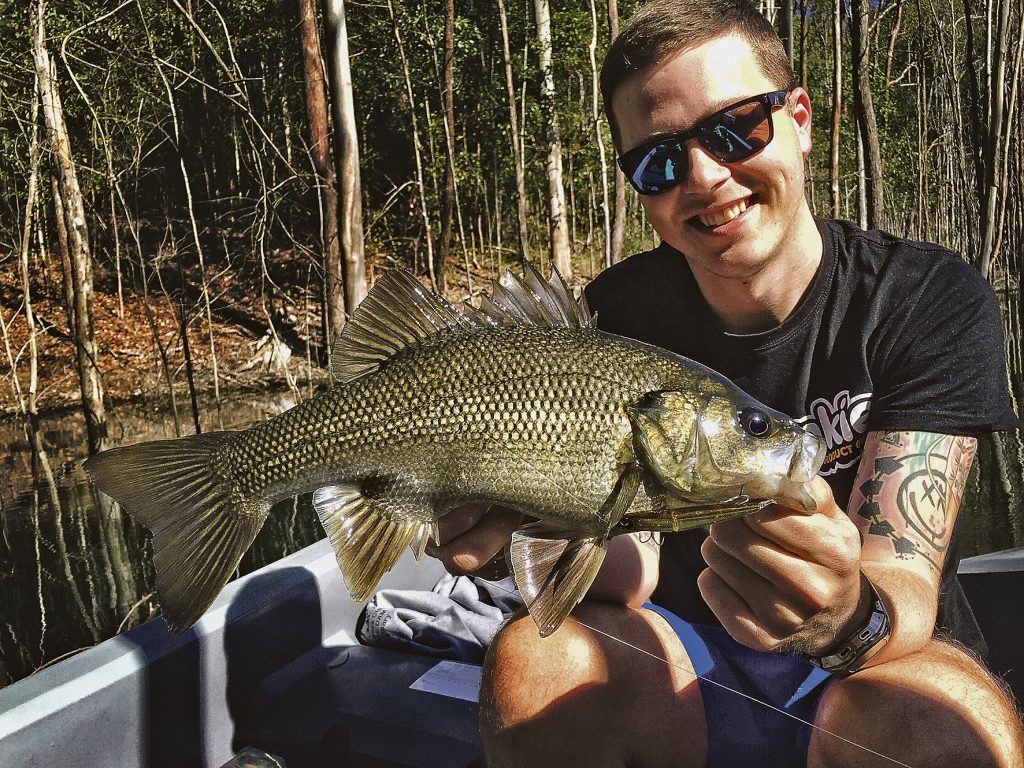
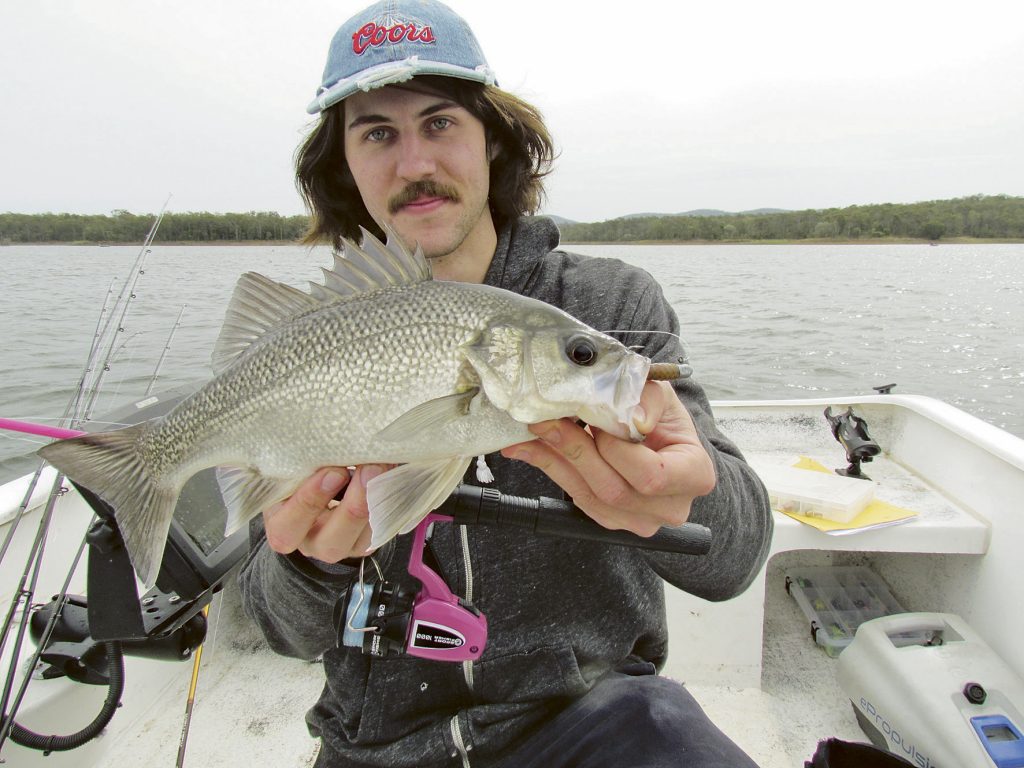
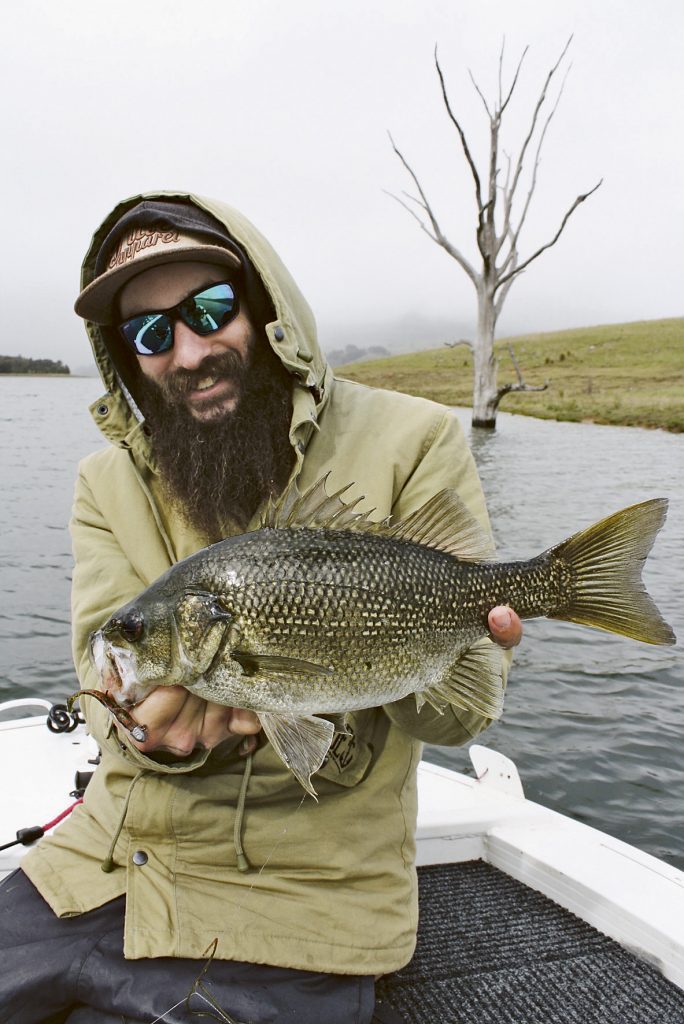
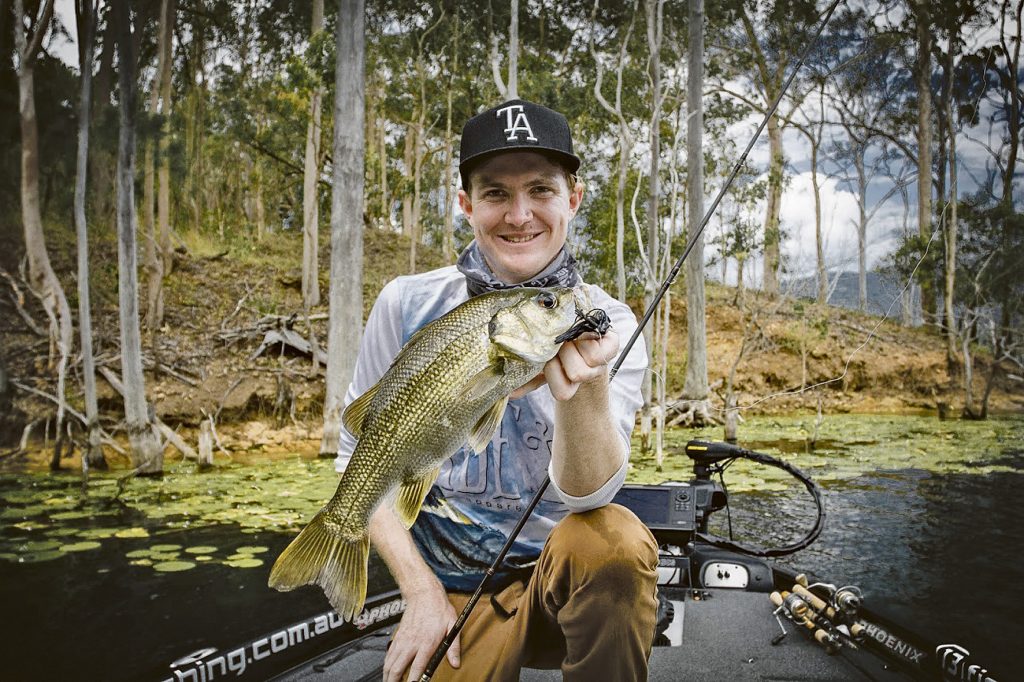
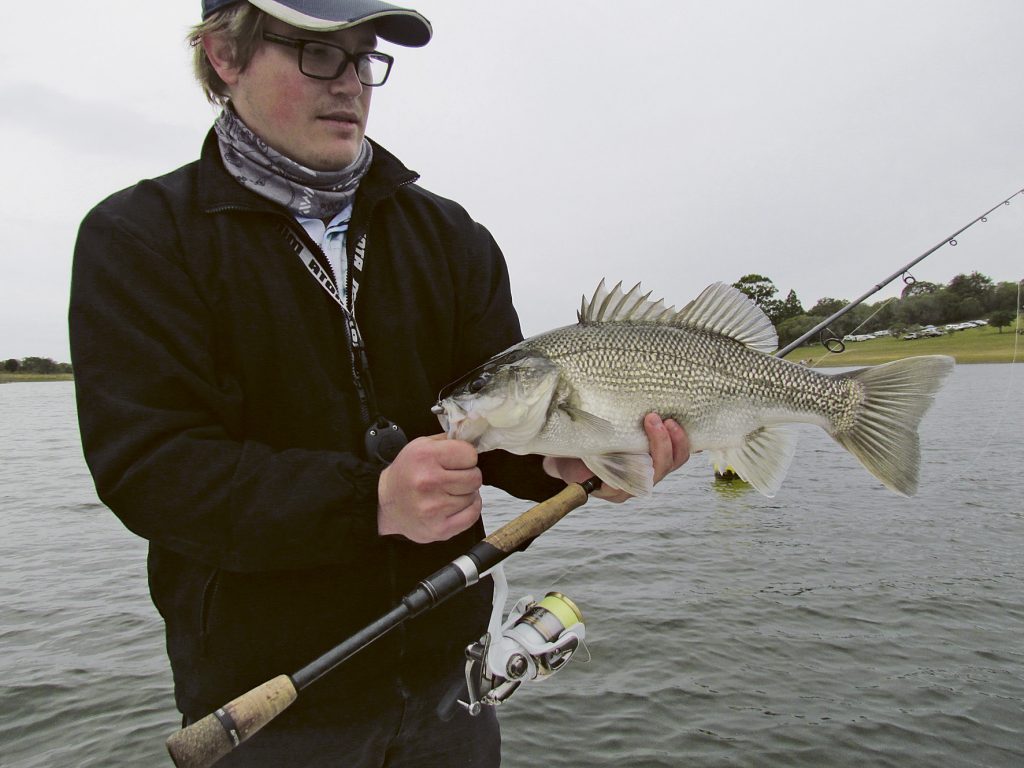
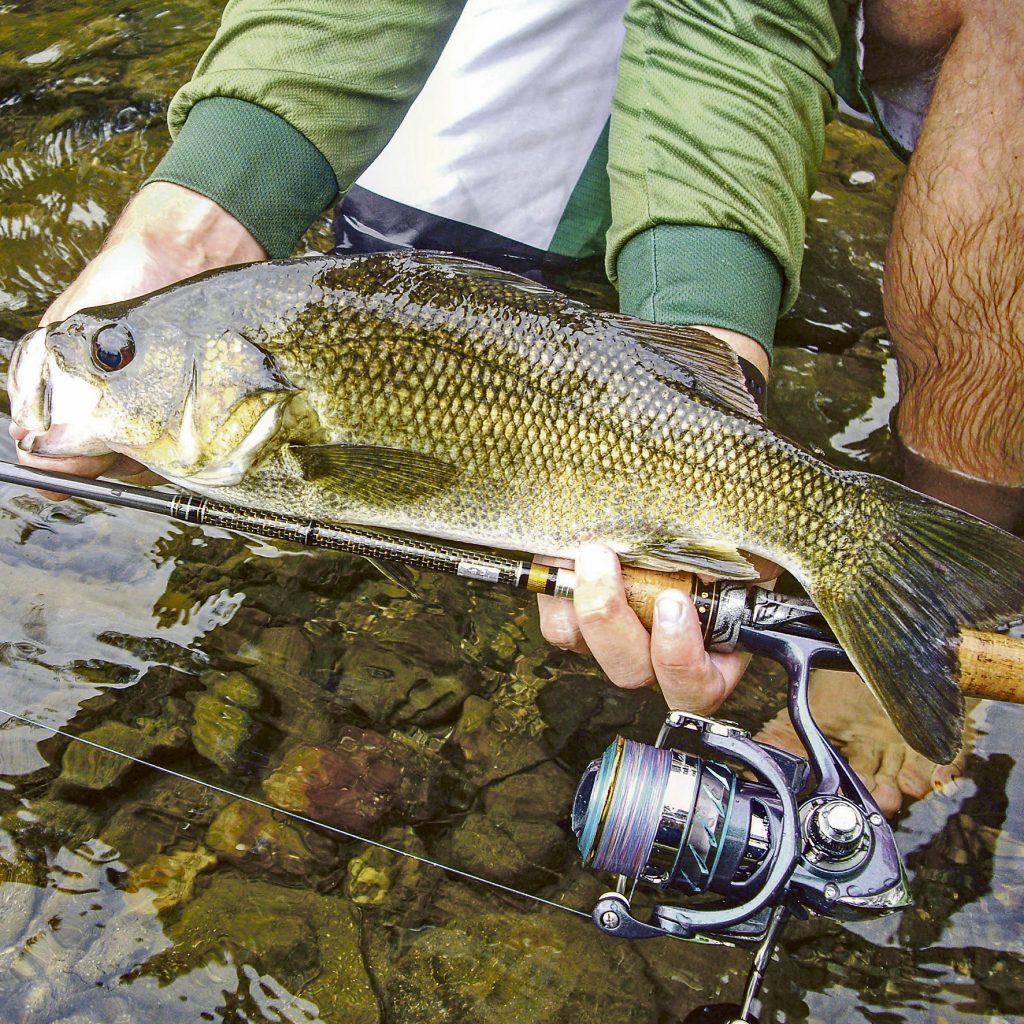

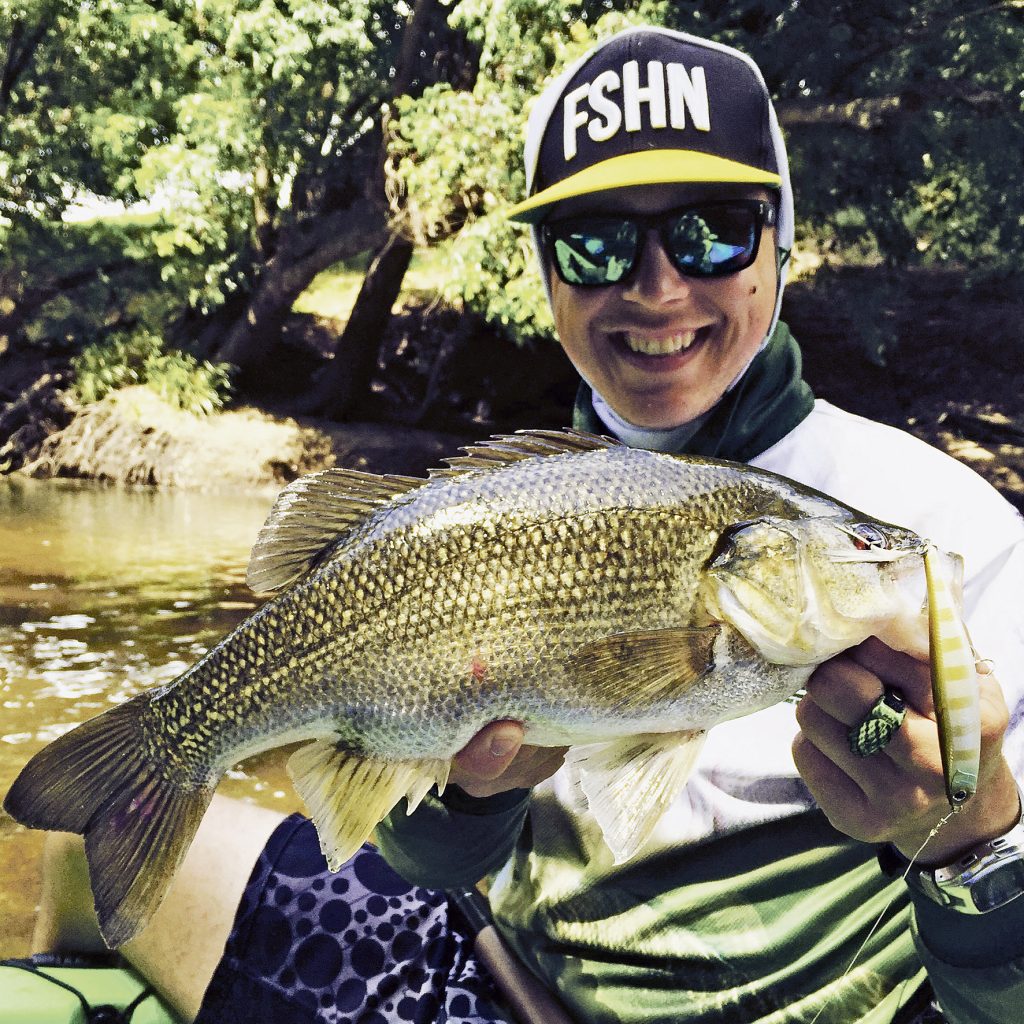
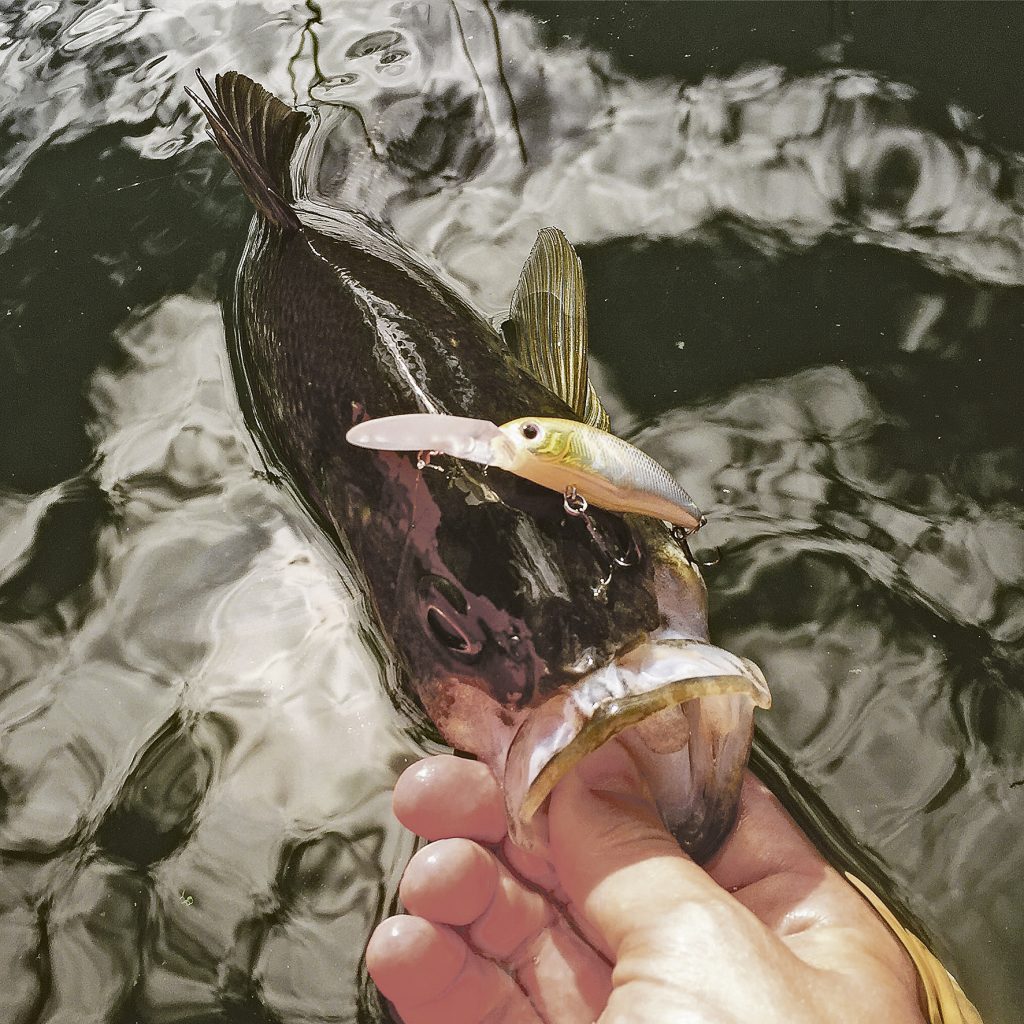

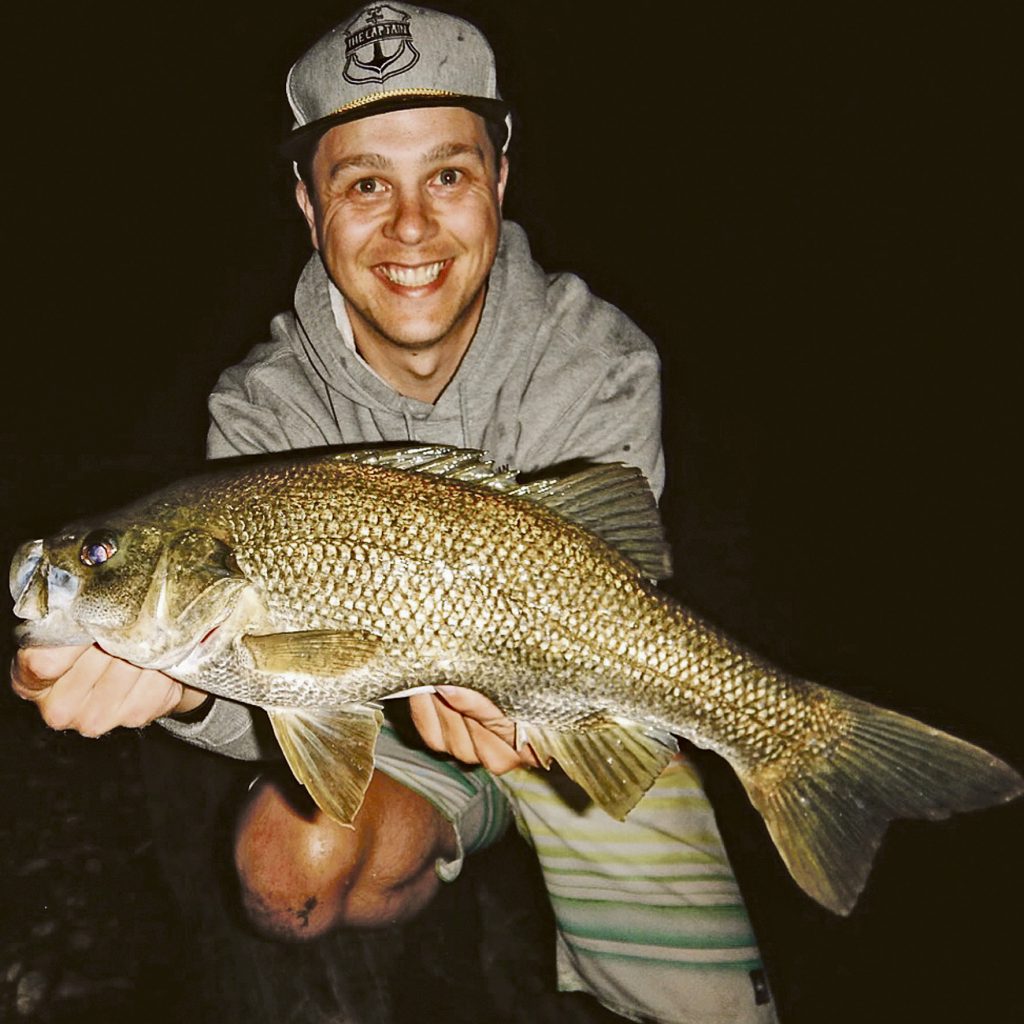
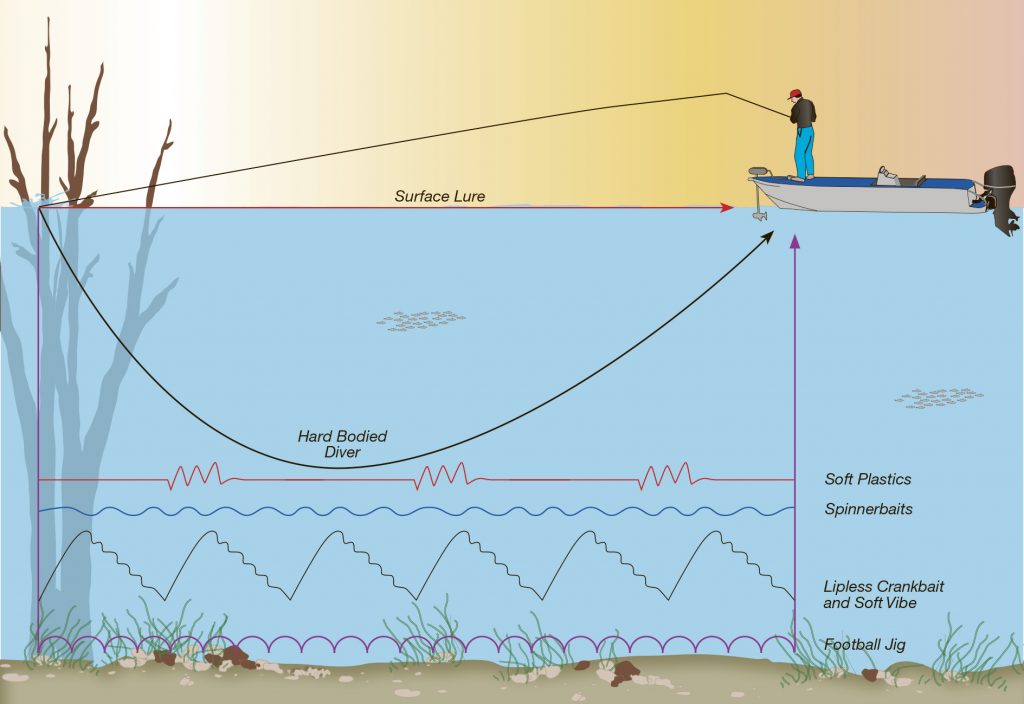
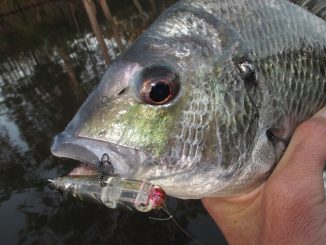
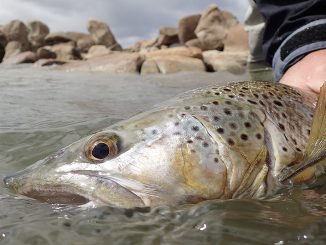

Be the first to comment